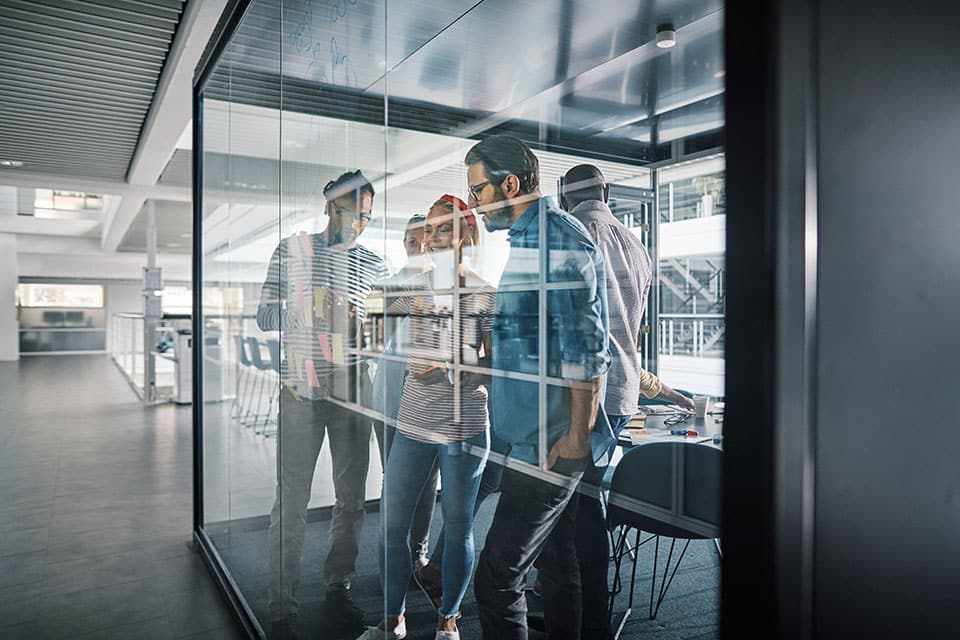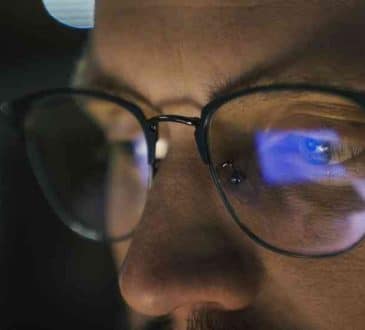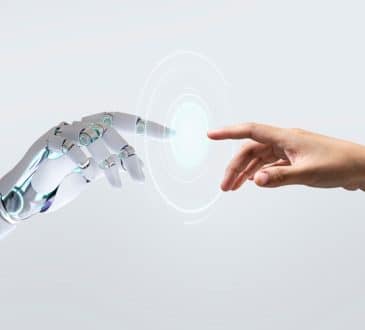Recycling is essential but it is not sufficient enough to drive competitive advantage and business value

Recycling, recycling, recycling seems to be all you read about in the media reports, company’s metric commitments, and government policies. There is no question that recycling is good. For example, an employee at a major soda company informed me they had completed an early form of an environmental life cycle study on the beverage container materials – e.g. glass, aluminum, steel, and plastics. They found that each of materials had some kind of impact in terms of energy and material use. They challenged all of the beverage providers to and make changes to improve. After a while the aluminum sector came back with a beverage container made from used beverage containers. By providing aluminum beverage containers made from used containers they reduced the life cycle energy by nearly 90%. Moreover because of the value of the used aluminum it takes to make new containers, it helped establish an aluminum recycling infrastructure.
Taking another example (based on work by Gerald Rebitzer, Director of Sustainability, Amcor) if a company’s policy is to have 100% recycling in products – say automotive, unintended consequences could result. Let’s hypothetically compare a 1979 Ford Thunderbird and a 2015 Toyota Prius. The Thunderbird weighs 4400 lbs, gets 10 miles/gallon, is made mostly of steel, and is easy to recycle. The Prius weighs 3100 lbs, gets 50 miles/gallon, is made from lots of plastics, battery, composites and electronics, and is a challenge to recycle. Given today’s concerns about climate change and energy consumption the Prius is the obvious answer as to which is better. If we make the comparison on recycling only the decision as to which is better changes The Ford Thunderbird is close to 100% metals – a scrap dealers dream. While the Prius is made up of metals, composites and others – a monstrous hybrid. Then the answer is the 1970 Ford Thunderbird.
This is a simple illustration of multiple impacts e.g., carbon and waste/recycling. Normally the impacts to be considered are broader – e.g., water, toxicity, deforestation, chemical safety,… Clearly each product has its own footprint, life cycle information informs the decision makers. Only when a decision is made can there be burden shifting – in this example, supporting the Ford Thunderbird, one shifts the burden to increased carbon.
But what is the preferred option? That question, raises another critical point. Life cycle information does not make value judgements – it provides the information on which decision makers decide. From my knowledge there is no clear cut guidance on what is good and what is not good, many opinions out there. With the importance to all of us on the impacts of climate change, there is growing and urgent focus (as there should be) on actions to reduce greenhouse emissions. While this is important we can not ignore other impacts your operations, products and value chains might create or contribute.
To help determine what is important to your stakeholders (e.g., customers, investors) and important to your business, there are a number of techniques that can be used. I have found two that are most help to inform decision making. They focus on identifying which impacts are important to you, your customers and the broader market place: Materiality assessment is the process of identifying, assessing numerous potential environmental, social and governance issues that could affect your business, and/or your stakeholders, often at the enterprise or operational levels. Life cycle assessment identifies risks and opportunities along your product/packaging/technologies life cycle. Both approaches allows you to not only understand those impacts, any trade-offs, where those impacts are within your own operations, supply & value chains and identifies possible functions that could take actions to address them. By knowing which impacts are most important to your customers and market; and at the same time, which ones you have direct control over, or ones you can collaborate with customers and/or suppliers to address, actions to improve your business and sustainability performance can result.
Do you know what is important to your business, customers and markets you sell into? Today if you sell through the retail sector, they are demanding greater chemical transparency – not only on the finished product but along the entire life cycle. Additionally climate change pledges, commitments to reduce and/or eliminate single use plastics by governments and customers are surfacing almost daily. Do you know if there are any unintended consequences of alternative materials or products we bring to market. For example, will replacing plastics with natural fibres could mean that you solve marine litter pollution at the cost of creating another problem—deforestation. Do you know the trade-offs of those decisions and how they may impact your business value.
Companies are beginning to realize that they must know what their impacts are over their value chains, what organizations/customers are driving change, and how you must engage to understand, and reach alignment on actions to improve your competitive positioning. For example, J&J fully integrated sustainable design solutions into product innovation processes using their Earthwards® process. Johnson & Johnson recognizes the importance of both business and environmental improvements. At the end of 2015, there was approximately $9.3 billion in revenue—roughly 13% of sales—from Earthwards®-recognized products. Additionally during that same period, approximately 3,600 metric tons (MTs) of reduction in packaging, 18,270 MTs of materials removed, 6,630 liters of less water used and 3,630 MTs of waste reduced (Iannuzzi 2017, Greener Products, 2nd Edition, CRC Press).
If your competitors move quicker than you to address these issues, will customers likely select them over you in your next procurement cycle? The time is now to fully understand your environmental and social impacts of your organization, and for each of your value chains and address them head-on with proactive policies, metrics and improved governance to realize the value of those actions. It is not a time to wait until you are told to act. You must lead by setting a competitive advantage to lead in this rapidly changing market.
Experts, knowledge & tools/data exist. Access them to understand your risks and opportunities, identify your best solutions (that do not create unintended consequences) and drive business valve while you are addressing societal concerns – a win-win.
Add CEOWORLD magazine to your Google News feed.
Follow CEOWORLD magazine headlines on: Google News, LinkedIn, Twitter, and Facebook.
Copyright 2024 The CEOWORLD magazine. All rights reserved. This material (and any extract from it) must not be copied, redistributed or placed on any website, without CEOWORLD magazine' prior written consent. For media queries, please contact: info@ceoworld.biz








